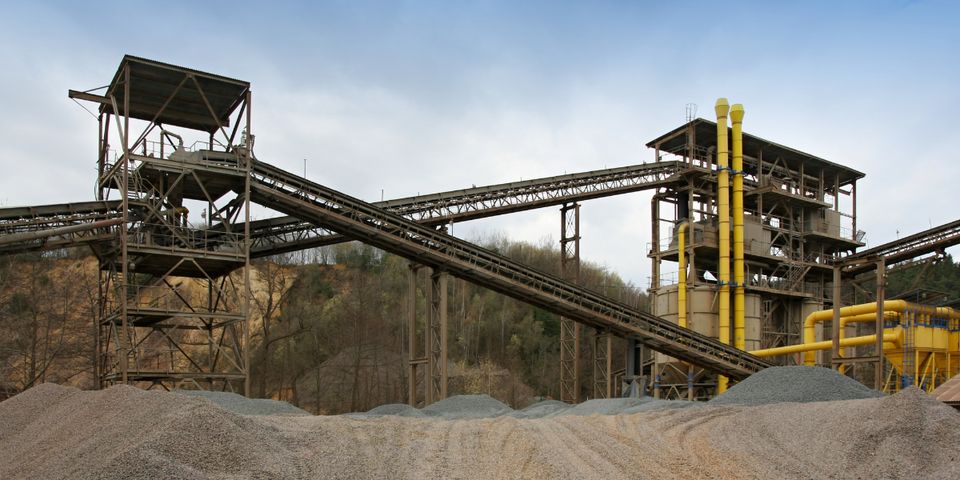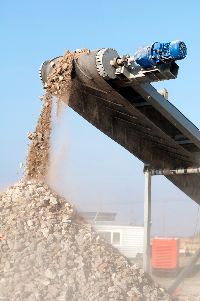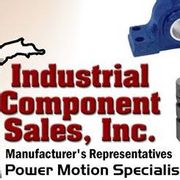4 FAQ About In-Line Magnetic Separators

Douglas Manufacturing, in Pell City, Alabama makes CEMA class Magnetic Separators such as, Permanent, Self Cleaning, Pulley style and Electromagentic Separators. These magnetic separators are used to remove metallic debris, also known as tramp metals, from conveyor belts, during material handling and conveying. Tramp metals may include hardware, broken machinery parts, and scrap metal, and extracting them can prevent problems during processing. Below, you'll learn more about these devices and how they work.
A Guide to In-Line Magnetic Separators
What are they?
In-line separators feature a belt that runs continuously across the surface of a strong magnet. As materials flow on conveying equipment, the magnet attracts and pulls tramp metals from the belt before discharging them down a deflector chute. In-line separators have a strap that runs parallel to the magnet, removing tramp metals at the end of the conveyor rather than beneath it, as with cross-belt magnetic separators.
What are their benefits?
Generally, the purpose of in-line separators is to prevent any impurities in conveyed materials from winding up in the final product. Additionally, removing tramp metals may prevent the belt from becoming torn or prematurely deteriorating due to exposure to rough or sharp metals. In-line separators do not restrict product flow, which minimizes the risk of blockages and damage to material handling and conveying equipment. Additionally, their strong magnet can prevent tramp metals from becoming dislodged by product flow and reentering the line.
Since these types of separators discharge metals at the end, they may be ideal for belts that run more quickly and might not allow enough time for extracting impurities beneath the conveyor. Additionally, they may perform best when used with material handling and conveying equipment without enough space for discharging metals beneath them.

Which industries use them?
In-line magnetic separators are suitable only for industries, such as mining, agriculture, and recycling, that process dry materials. Food processing and bulk handling companies may also use these separators to remove ferrous metals from products before packaging and selling them to vendors.
What are some alternatives?
For processing wet materials, you'll need a liquid magnetic trap. These devices use a series of neodymium rare earth magnets to remove finer metal impurities from liquids and slurries, such as milk, oils, and paper pulp, preventing the risk of contamination.
Cross-belt magnetic separators, which are nearly identical to their in-line counterparts, may provide an alternative if you prefer a self-cleaning device. Since their magnets sit perpendicular to conveyed materials, they discharge extracted metals to the sides of the conveyor, which may minimize maintenance.
If you need magnetic separators for your operations, contact Industrial Component Sales Inc. With offices in Bemidji, MN, Madison WI, and Lincoln, NE. They represent manufacturers of power transmission products, including material handling and conveying equipment, throughout the Midwest. Call (651) 270-0151 to schedule a consultation about power transmission or conveying products, or visit the website to learn more about the manufacturers they represent.
About the Business
Have a question? Ask the experts!
Send your question

